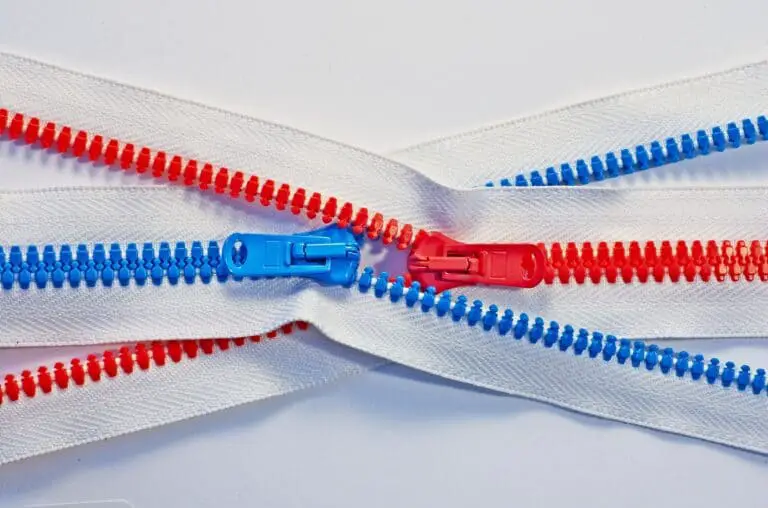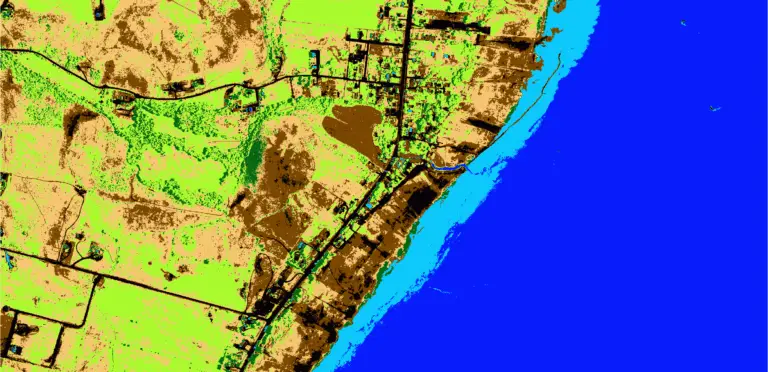R: Get data from a NetCDF
List the data attributes
Accessing the var property of our netCDF varialbe will list the data attributes for the netCDF file.
#show the data attributes for the file attributes(nc$var)
The output shows us this dataset has one data attribute with the name ‘data’. Which is contained within the names property of var.
$names [1] "data"
Calling the names property directly after the attributes() call gives the same result.
#show the names of the data attributes attributes(nc$var)$names [1] "data"
We can get the name of specific data attribute by specifying its index.
attributes(nc$var)$names[1] [1] "data"
This gives the same result as the other methods, but would be necessary if the dataset contained multiple variables.
Get data for a variable
Now that we know what the data variables are, we can get the data they contain. Let’s get the data from the ‘data’ varialbe. To do that we use ncvar_get(). Two arguments are passed to ncvar_get(). The netCDF object we created by opening a file (if you’re following along from the previous tutorial we named this nc), and the name of variable for which we want to retrieve data. We will read the data into the dat variable.
#get a variable's data dat <- ncvar_get(nc, attributes(nc$var)$names[1])
Let’s use dim() to check the dimensions of the resulting variable to confirm they match those of nc.
#check the datasets dimensions dim(dat) 1405 621
dat contains 1405 rows, 621 columns, and 1 layer, so we can confirm the dimesions match.
Now we’ll print dat to get an idea of what the values look like.
#print the data dat
This shows columns 1-52 of row 1. We can see only NA values at these locations.
[,1] [,2] [,3] [,4] [,5] [,6] [,7] [,8] [,9] [,10] [,11] [,12] [,13] [,14] [,15] [,16] [,17] [,18]
[1,] NA NA NA NA NA NA NA NA NA NA NA NA NA NA NA NA NA NA
[,19] [,20] [,21] [,22] [,23] [,24] [,25] [,26] [,27] [,28] [,29] [,30] [,31] [,32] [,33] [,34] [,35]
[1,] NA NA NA NA NA NA NA NA NA NA NA NA NA NA NA NA NA
[,36] [,37] [,38] [,39] [,40] [,41] [,42] [,43] [,44] [,45] [,46] [,47] [,48] [,49] [,50] [,51] [,52]
[1,] NA NA NA NA NA NA NA NA NA NA NA NA NA NA NA NA NA
Let’s query some values from near the middle of the dataset to make sure we actually have data.
#5 rows and 5 columns near the middle of the dataset dat[700:704, 300:304]
[,1] [,2] [,3] [,4] [,5] [1,] 1.7280588 1.6921988 1.705105 1.637524 2.240968 [2,] 1.8039949 1.7875671 1.675009 1.488969 1.935480 [3,] 1.6913427 1.8011504 1.660492 1.468264 1.449621 [4,] -0.2640814 1.5142922 1.625485 1.475173 1.556418 [5,] -0.5828292 -0.3537577 1.537424 1.547127 1.613625
The values for this dataset range between -10 and 10, so it looks like we’ve retrieved the data correctly.
Video tutorial
The second part of this video covers the steps presented above.



